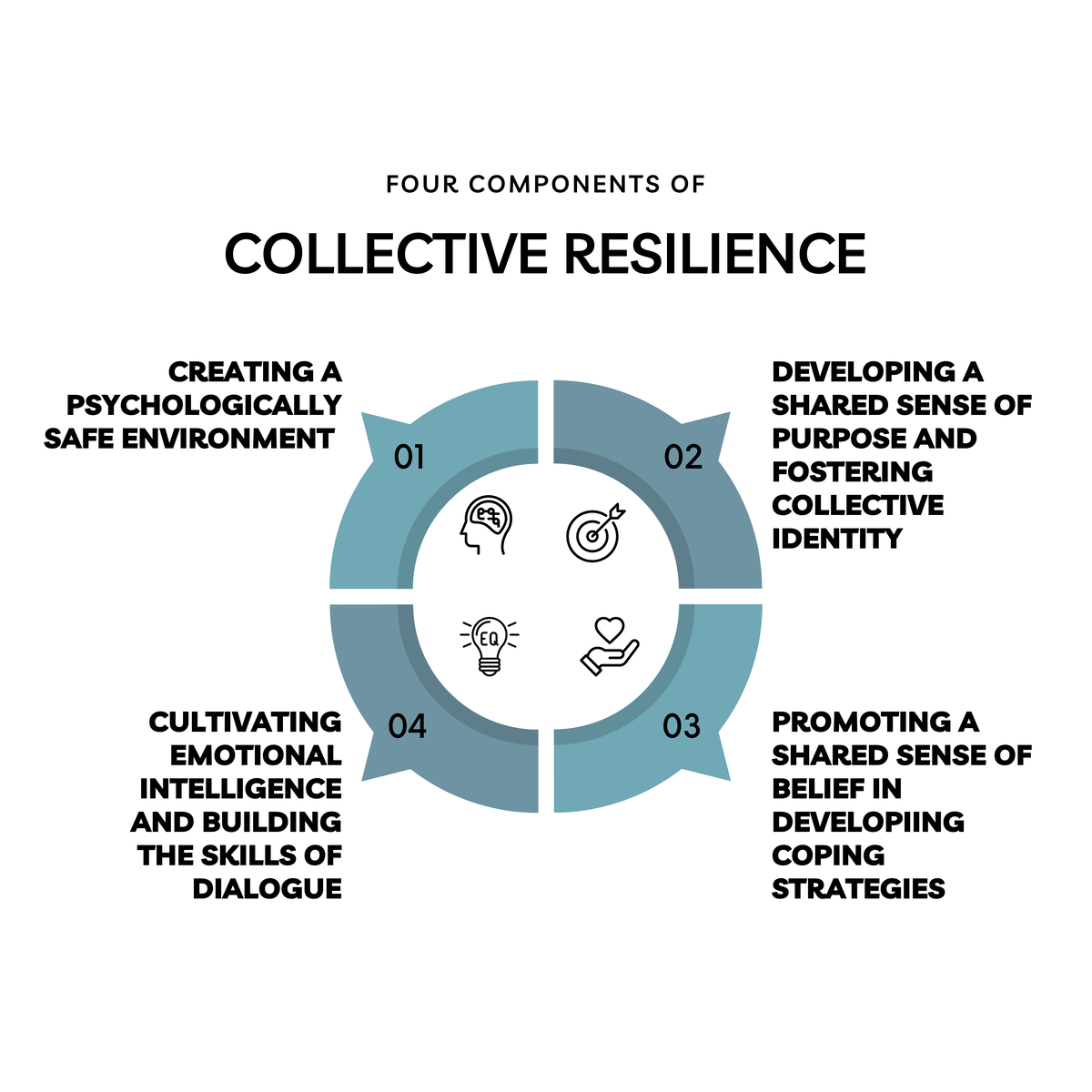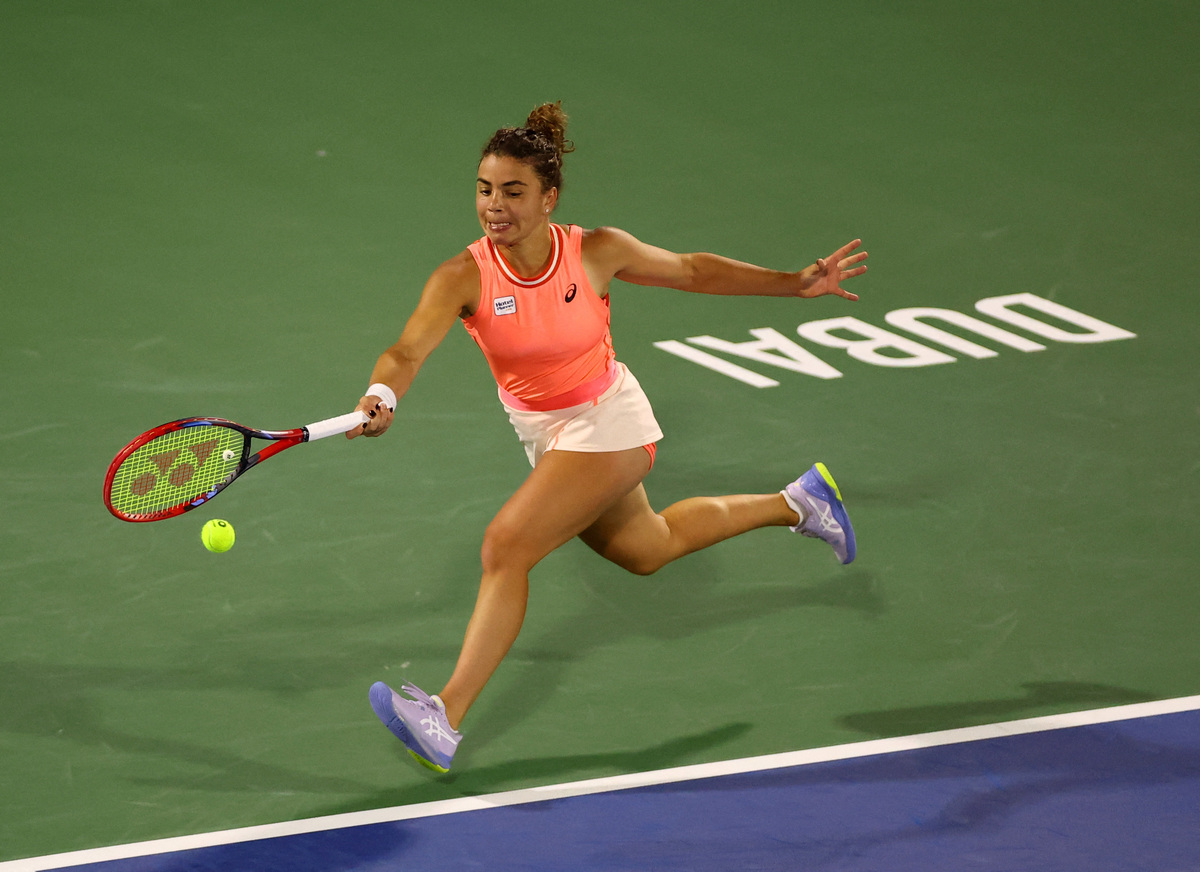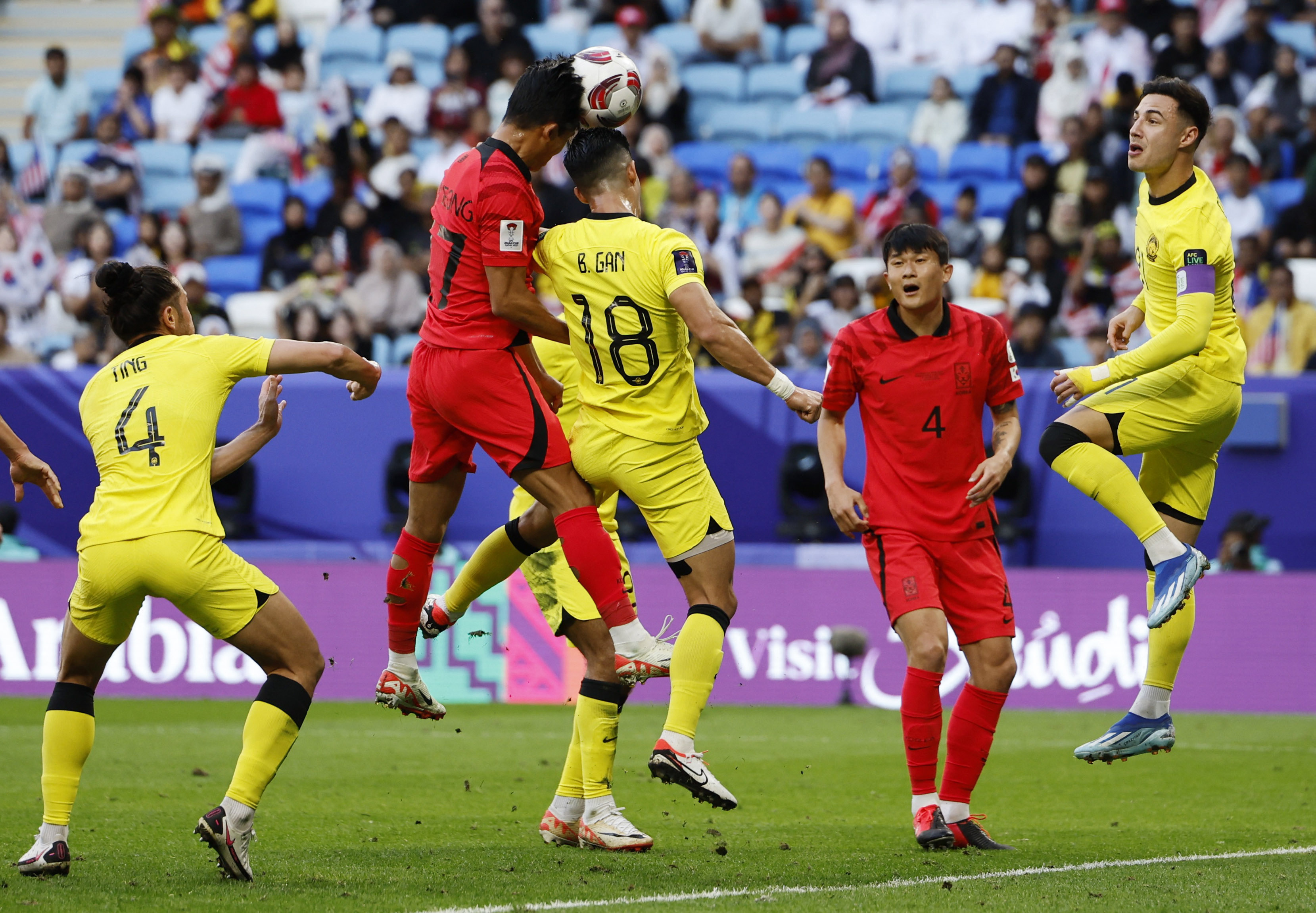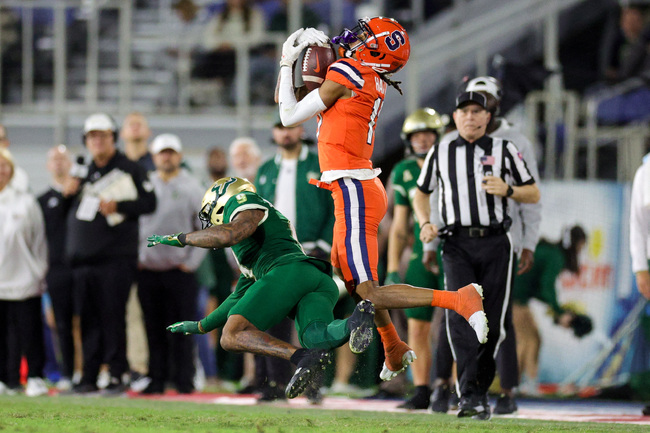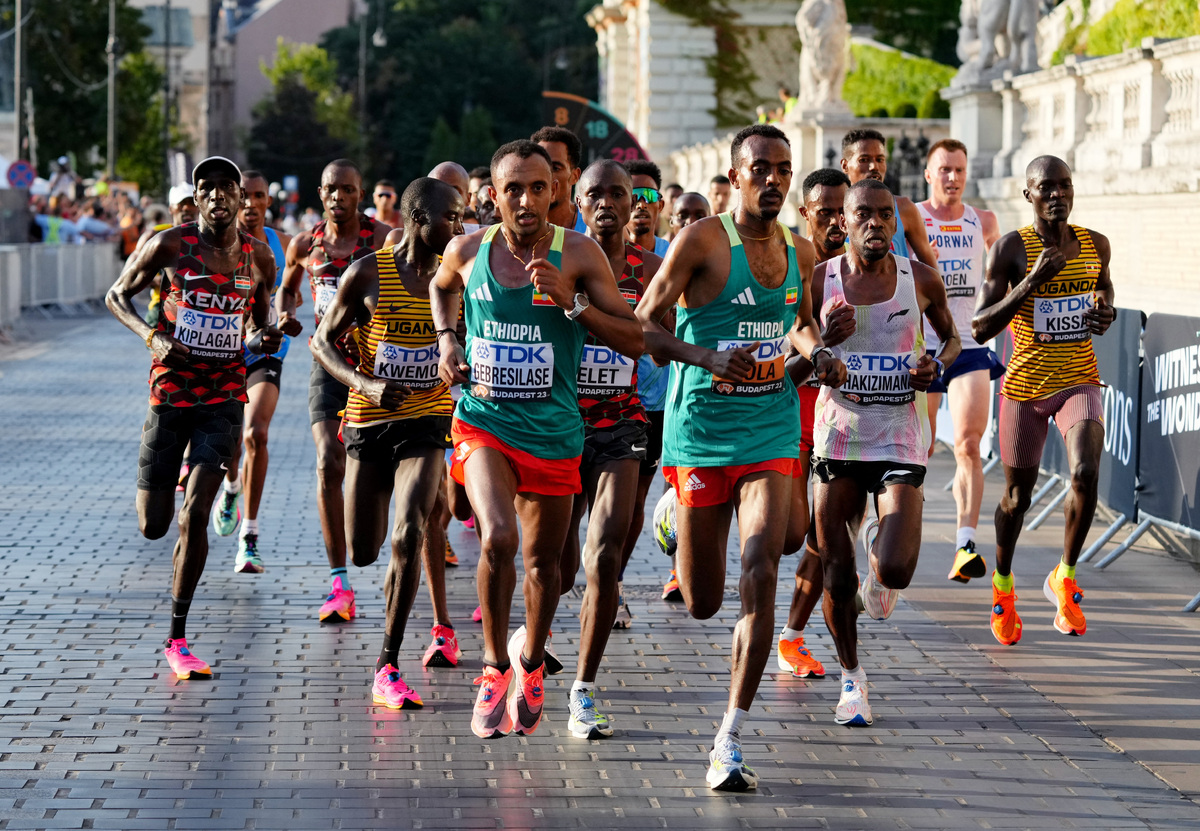You are viewing 1 of your 1 free articles
Developing collective mental resilience to manage competition demands
Mental resilience has been a widely discussed phenomenon in elite sports. Rehabilitation professionals are typically integral members of the behind-the-scenes team involved in creating and maintaining team culture. Carl Bescoby explores this in the context of the demands of World Cup competition. He outlines how teams can collectively build and develop resilience to deal with pressure, manage injury setbacks, and achieve high performance.

Resilience has become one of the most talked about topics in elite sports, with significant attention focused on an athlete or team demonstrating resilience during competition, facing adversity or setbacks like injury, or coping with severe pressure(1). As the build-up begins for the FIFA World Cup, players and teams have to manage and deal with increased scrutiny, pressure, and selection concerns. Furthermore, players and teams must cope with the physical demands placed on them with increases in training load, grueling schedules, and prolonged seasons. Moreover, they must contend with increasing performance demands and expectations.
With a continued emphasis on the mental welfare of players, stakeholders in high-performance sports ask how individuals and teams can not only cope with these demands but how they can thrive and achieve higher levels of performance(2). So why can some players and groups deal with the pressures of competition while others underperform? To answer this question, practitioners must first understand mental resilience and why it matters. In recognizing the role of mental resilience in sports, they must then consider the collaborative role teams and the support staff can play in facilitating environments to deal with the competition demands.
There are four components to developing collective resilience within a team: creating a psychologically safe environment, developing a shared sense of purpose and fostering collective identity, promoting a shared sense of belief in developing coping strategies, and cultivating emotional intelligence and building the skills of dialogue (see figure 1).
Defining mental resilience
The popularity of resilience as a buzzword in sports has often blurred the meaning, and the term is often misunderstood(2,3). Resilience is not a fixed trait that an athlete either has or doesn’t have. Instead, it is something that athletes develop over time, a dynamic process that results from interacting with the environment. Resilience is a positive adaptation within the context of significant adversity to maintain functioning(4). Maintaining functioning is about looking after your well-being and sustaining the ability to perform to a high level(3). Resilience is about taking preventative and proactive approaches to managing stress. When faced with significant adversity, such as a tournament-ending injury or declines in performance, resilience is being able to adjust and adapt positively. Mental resilience is important in sports because players must utilize and optimize a range of mental qualities to withstand the pressures they experience. The ability to respond positively to setbacks, obstacles, and failures is essential for any successful player or team. So, from this, it would seem important to be able to build and develop resiliency within players and teams collectively to help them manage the demands of competition.
Collective resilience
Resilience is also a collective process that could facilitate environments where individuals can thrive and manage adversity during competition(5). The dynamic, psychosocial process of collective resilience protects a group of individuals from the potential adverse effect of the stressors they encounter(6). Team members use their individual and collective resources to adapt when experiencing adversity(5).
For example, if a player faces a tournament-ending injury, they may experience a high level of adversity. However, the team can provide support as they may not be experiencing adversity to the same degree and may be able to facilitate that individual’s resilience and motivation to help manage the setback.
Related Files
Developing collective resilience within a team
- Creating a psychologically safe environment
Teams don’t inherently foster collective resilience. While psychological safety
and trust is not the same thing; the value of trust in teams is essential. Psychological safety fosters a culture where people are free to make errors and encourages groups to consider setbacks as opportunities for growth. In the context of World Cup competition, this may include adapting to unforeseen circumstances like losing a star player and being able to see this as an opportunity. Furthermore, in rehabilitation environments, you want to give players the security to discover, contribute, and thrive without fear(7,8).
- Developing a shared sense of purpose and fostering collective identity
Creating a shared sense of purpose is about a unifying factor that encourages cooperation amongst the team to accomplish shared objectives. Only a safe environment that welcomes queries, difficulties, and suggestions can achieve this. Knowing that there is a clear vision where everyone works towards the same mission produces a strong shared sense of purpose, regardless of the team’s challenges, such as multiple injuries throughout the competition. A common purpose may be enabled and created by providing opportunities for growth and learning. Group leaders should be explicit about the mission statement. Coupled with a shared sense of purpose, leaders should actively promote a sense of collective identity. As team members deliberately begin to identify with their teammates, they learn to understand that, by association, what affects the team is more significant to them as an individual.
The group’s demands take on greater significance, even to the point where individuals forego their wants. Therefore, team camaraderie improves through sharing adversity and a sense of shared identity. In addition, teams who have faced setbacks are better able to handle significant adversity in the future.
- Promoting a shared sense of belief in developing coping strategies
Building on shared identity, a team’s shared belief in its ability to compete can influence how it manages the demands. For example, the likelihood of a team progressing to the knockout stages of the World Cup despite losing their best goal scorer would increase if there was a shared belief within the team. That is, the group’s power outweighs any player’s influence. Collective rituals could provide teams with a shared sense of belief and may also serve as communal coping strategies to manage team stressors(9). Additionally, the group’s combined coping and problem-solving abilities may aid in empowering a person who must face suffering or struggle through adversity. Employing constructive coping mechanisms (such as optimism and sharing) could enhance resilience far more than problematic coping mechanisms. If a team encourages positive coping mechanisms and develops them together, these could become integrated into daily activities to promote collective resilience.
- Cultivating emotional intelligence and building the skills of dialogue
Emotions are at the heart of creating a psychologically safe environment that enables a collective identity. When team members handle emotions well, trustworthy environments with a sense of collective identity develop. Group emotional intelligence is not about suppressing emotions as they bubble up. Instead, it is about deliberately and purposefully bringing emotions to the fore and learning how they affect team performance. Additionally, it involves acting in a way that strengthens the team’s resilience to obstacles and fosters relationships throughout the group. Exploring, accepting, and relying on emotion is ultimately very human and is what emotional intelligence entails. The group behavior of high-performing teams is more likely to display positive emotions than negative ones. Therefore, managing potentially overwhelming emotions (or seeking assistance to work through them) helps teams maintain focus when overcoming a challenge such as a severe injury or poor performance and improves resilience(10).
Teams need resources that all members can draw on to deal with group emotions. One vital resource is a common vocabulary. Developing the skills to enable team members to enter open and honest dialogue will equip them to balance competing needs and views and communicate and collaborate to their best advantage. Establishing a ‘safe’ environment involves learning to disagree skillfully without being disagreeable. Communicating clearly and effectively helps people seek support, mobilize resources, and act. Those who can interact with, show empathy toward, and inspire confidence and trust in others tend to be more resilient(11). Therefore, players, coaches, and support staff may facilitate collective resilience in their players who are injured, facing increasing pressure, or managing setbacks if they can communicate effectively.
Conclusion
Mental resilience is a process that manages and withstands pressure while functioning and performing under high-demand situations such as a World Cup competition. Resilience is a collective process that can be embedded in environments to facilitate thriving and coping when faced with adversity. Developing collective resilience enables players and teams to buffer and protect themselves from the negative effect of stressors during competition. In doing so, they can pool together collective resources to cope, manage setbacks or adversity and thrive through high performance. Team stakeholders are encouraged to assess the collective resilience components against their environments. Collective mental resilience is not something that all players and coaches automatically have, and this should be developed with the same consideration that physical resilience is built.
References
- EuroPsych. 2013, 18 (1), 12
- Measurement in Phys Edu and Ex Sci. 2013, 17 (4), 264-280
- In Managing for Resilience. 2017, Routledge, 227-237
- Dev & Psychopath. 2000,12 (4), 857-885
- Current Opinion in Psych. 2017, 16, 159-164
- Psych of Sport and Ex. 2019, 45, 101-543
- J of Sport Psych in Action. 2016, 7, 135-157
- The Sport and Ex Sci. 2018, 55, 20-21
- Movement & Sport Sci-Sci & Motricité. 2019, (105), 27-36
- Frontiers in Psych. 2017,8, 1980
- Dial in Clin Neuroscience. 2022, 273-280
Newsletter Sign Up
Subscriber Testimonials
Dr. Alexandra Fandetti-Robin, Back & Body Chiropractic
Elspeth Cowell MSCh DpodM SRCh HCPC reg
William Hunter, Nuffield Health
Newsletter Sign Up
Coaches Testimonials
Dr. Alexandra Fandetti-Robin, Back & Body Chiropractic
Elspeth Cowell MSCh DpodM SRCh HCPC reg
William Hunter, Nuffield Health
Be at the leading edge of sports injury management
Our international team of qualified experts (see above) spend hours poring over scores of technical journals and medical papers that even the most interested professionals don't have time to read.
For 17 years, we've helped hard-working physiotherapists and sports professionals like you, overwhelmed by the vast amount of new research, bring science to their treatment. Sports Injury Bulletin is the ideal resource for practitioners too busy to cull through all the monthly journals to find meaningful and applicable studies.
*includes 3 coaching manuals
Get Inspired
All the latest techniques and approaches
Sports Injury Bulletin brings together a worldwide panel of experts – including physiotherapists, doctors, researchers and sports scientists. Together we deliver everything you need to help your clients avoid – or recover as quickly as possible from – injuries.
We strip away the scientific jargon and deliver you easy-to-follow training exercises, nutrition tips, psychological strategies and recovery programmes and exercises in plain English.
